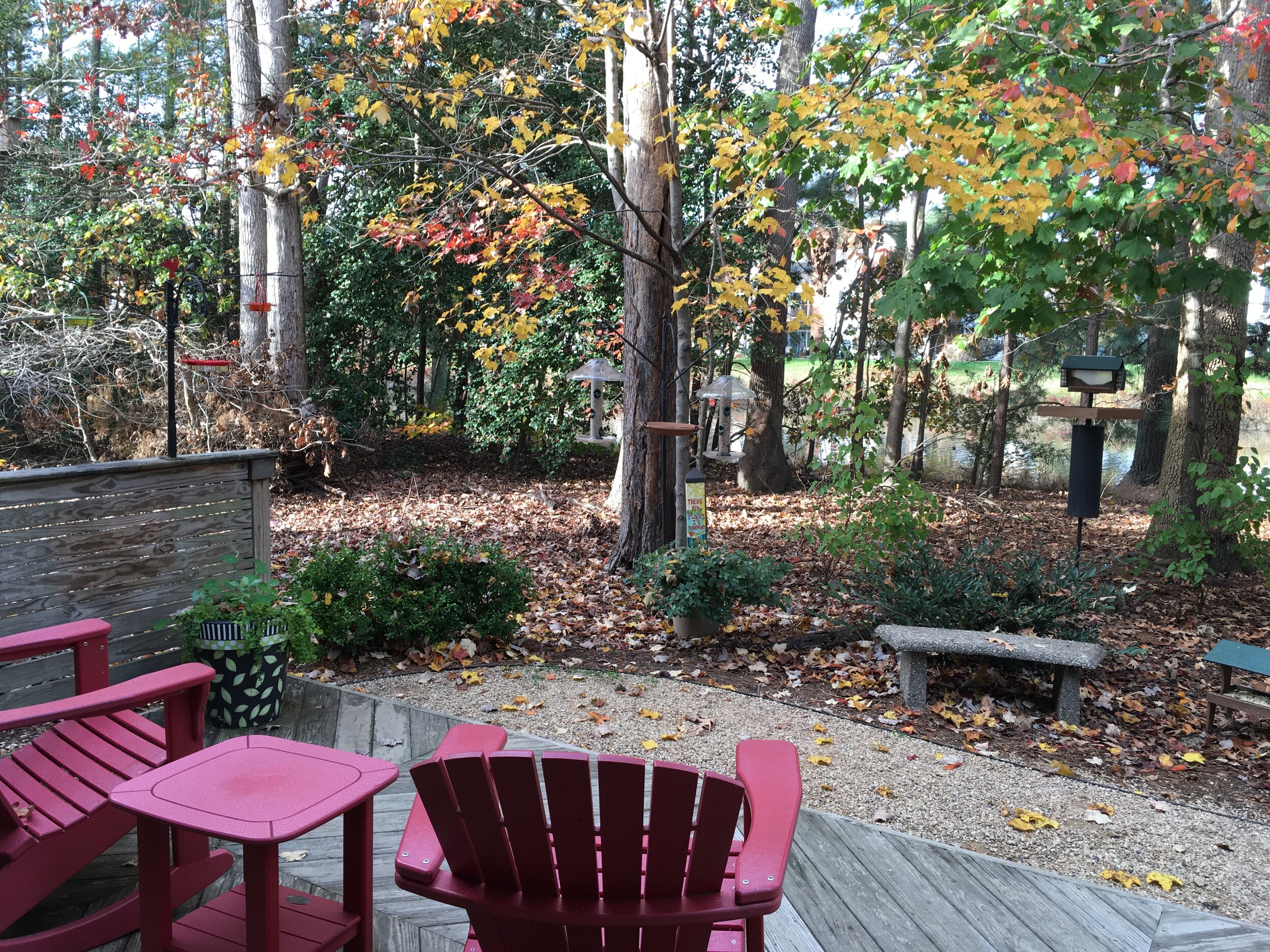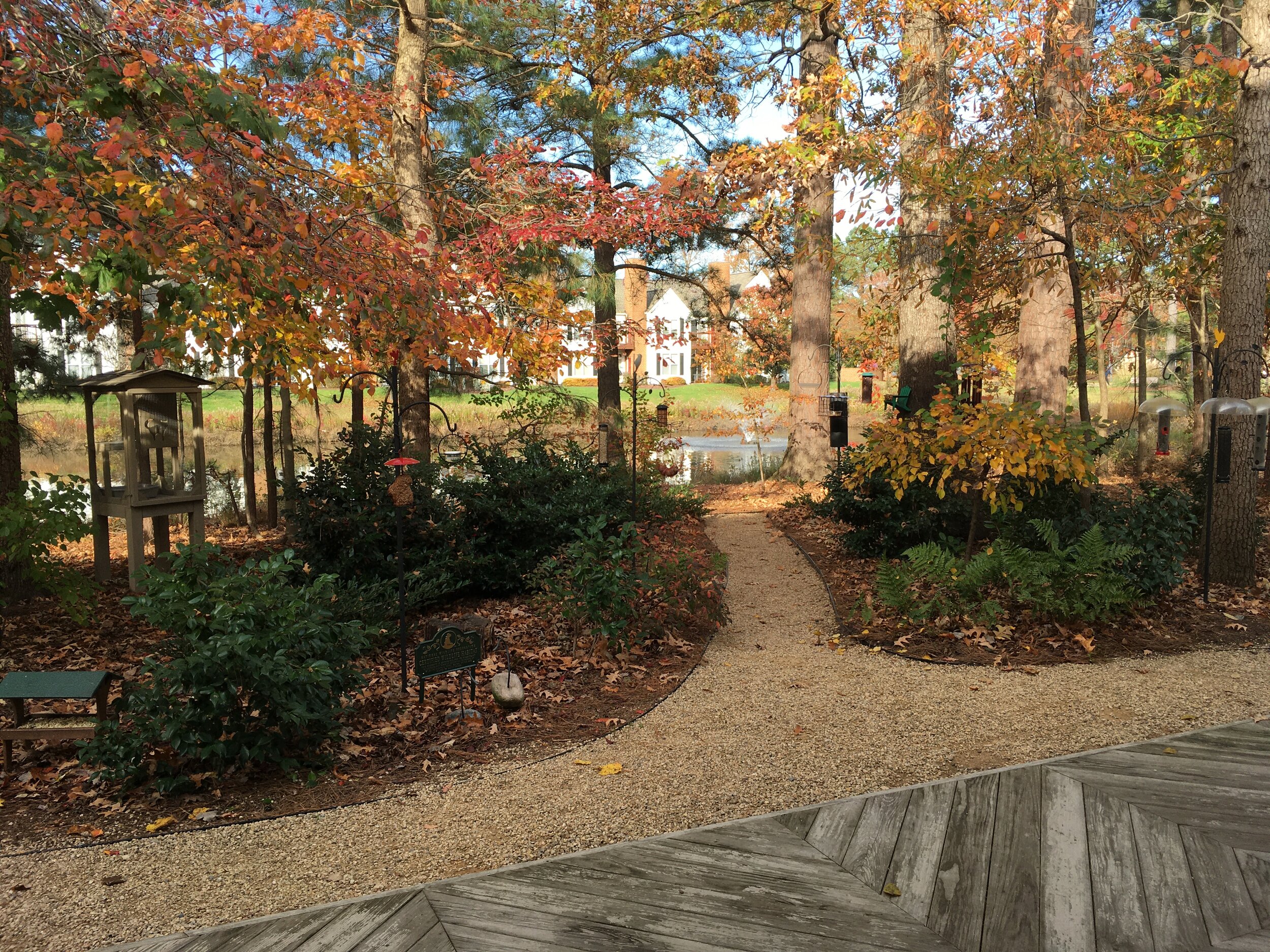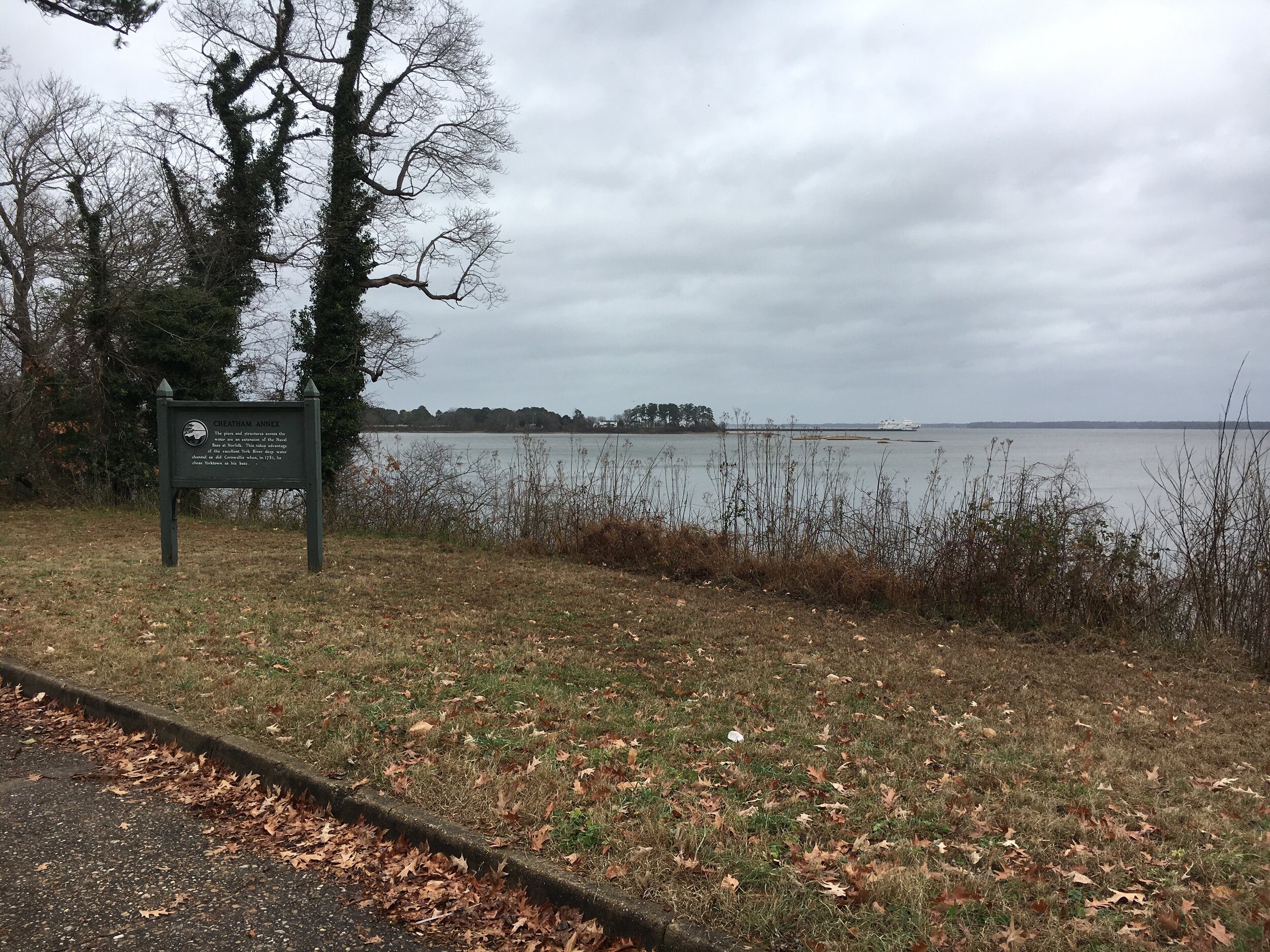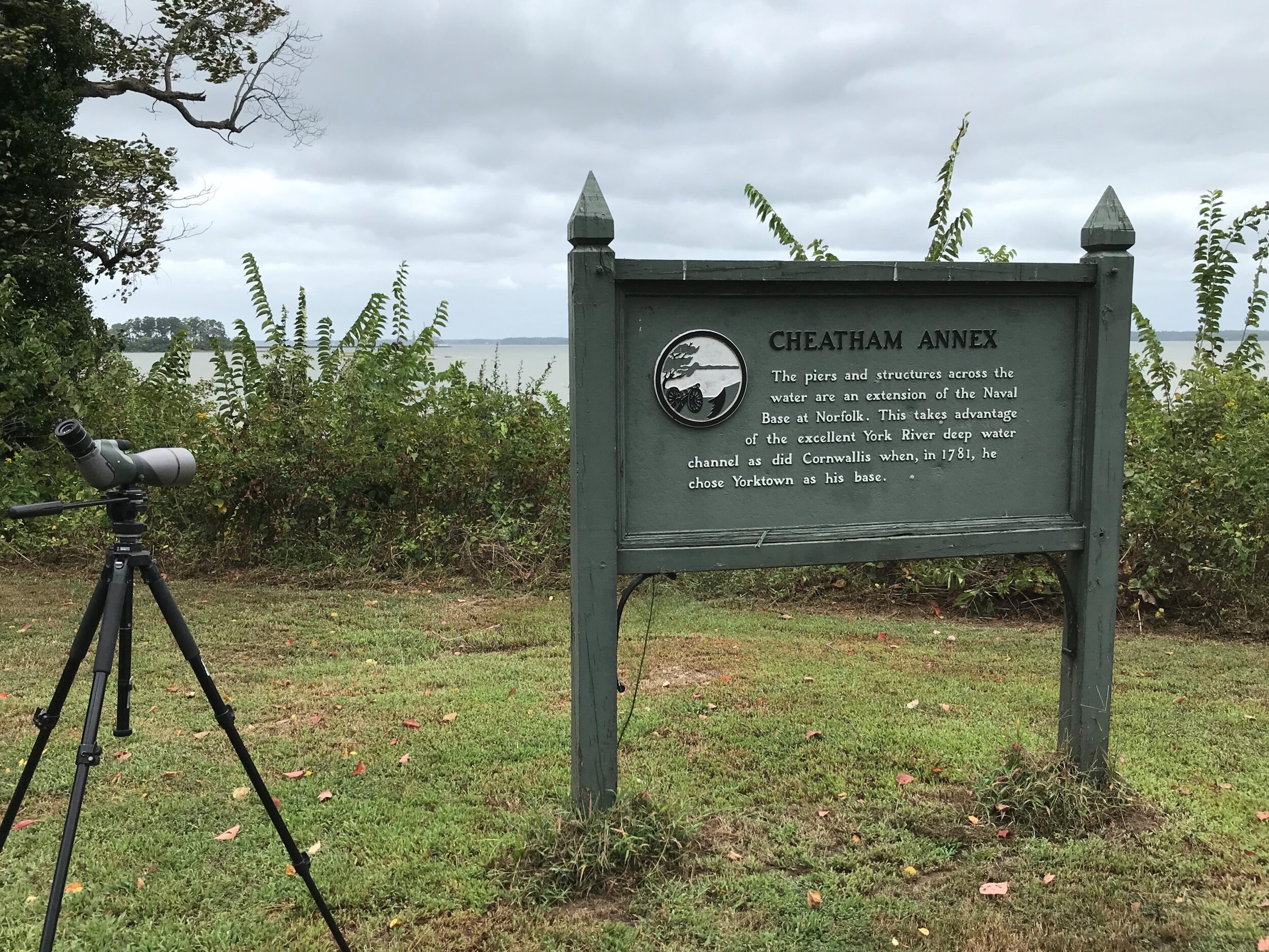Not all wild bird stores merit an eBird hotspot, and fewer still could support one with over 50 species. The Yorktown Wild Birds Unlimited benefits in part from having a nice stand of mixed pines and hardwoods backing up to a small lake. Perhaps more importantly, it also benefits from having a fantastic and well-maintained feeder set-up! To the right of the entrance, there is a very short walking path and a series of feeders that are diligently maintained by the owners. This fairly elaborate set-up includes several seed and suet feeders, as well as bark butter spread on the adjacent pines. As with most feeder set-ups, the birding is best in winter. The main claim to fame here is a Western Tanager that paid a few brief visits to feed on bark butter in early March 2019. Normal visitors include a familiar mix of suburban feeder birds such as woodpeckers, nuthatches, chickadees, titmice, wrens, and finches. In the right year, this would not be a bad place to expect Purple Finches and Pine Siskins. Pine Warblers are around even in winter and, though not reported, an Orange-crowned Warbler would certainly not be unexpected. Of course, just about any feeder rarity is possible! The pines here also support Brown-headed Nuthatches, as well as Yellow-throated Warblers which begin returning by late March.
There is a public parking lot out front of the store, and it is possible to park and watch the feeders from the car. While not required to bird here, paying a visit to the store and making a purchase is always a nice gesture!
eBird Hotspot: Yorktown Wild Birds Unlimited
—Matt Anthony, August 2020




